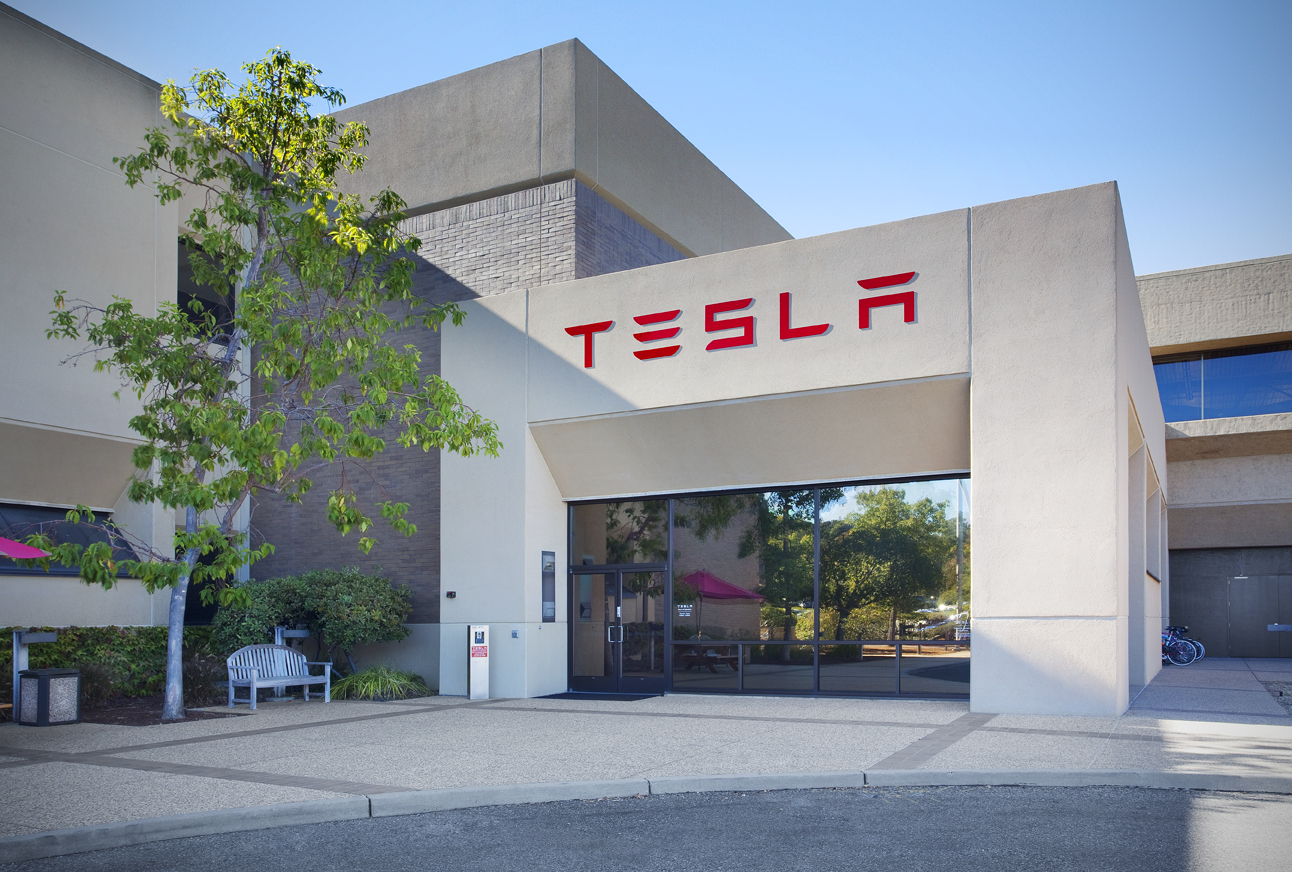Tesla battery factory runs ahead of plan to power cars, Homes

By Bloomberg
Of all the good news Tesla Motors Inc. showered on investors Wednesday, progress at the battery factory it’s building in Sparks, Nevada, may have been the most important, since its output will power the company’s autos and its new line of stationary storage products.
The electric-car maker led by Chief Executive Officer Elon Musk said that the so-called gigafactory is on track to begin production of cells, modules and full packs by 2016 and could expand its capacity by 50 percent capacity to meet the “staggering” demand for stationary storage products. Three months ago, the plan was only to be able to assemble battery packs next year. The factory is intended to provide scale that reduces battery costs for both cars and storage products by at least 30 percent.
Tesla also showed progress in its main auto business: accelerating the pace of production and boosting the average sales price. Musk reassured investors that the company will meet its projected 55,000 car deliveries this year and that its much- anticipated Model X sport utility vehicle will start reaching customers in the third quarter.
“I drove the latest prototype today, and it’s like, ‘Wow,’” Musk told analysts on a conference call.
Tesla expects to deliver 10,000 to 11,000 Model S sedans in the second quarter, indicating that production at the company’s Fremont, California, auto-assembly plant will steadily increase.
“The delivery guide for next quarter was less than what people were looking for,” said Brian Johnson, an analyst with Barclays Plc. “And they seemed to hint that ramping the Model X significantly in the fourth quarter is what will get them to the 55,000 for the year.”
Smaller Loss
Tesla reported an adjusted loss of 36 cents a share, narrower than the 49 cents a share loss that analysts had estimated. Sales, adjusted for leasing arrangements, totaled $1.1 billion, topping the average estimate of $1.05 billion.
Shares rose 1.4 percent in extended trading to $233.60 at 7:59 p.m. New York time. This year through Wednesday’s close, Tesla had gained 3.6 percent, outpacing the 1.4 percent increase in the Russell 1000 Index.
Last week, Tesla unveiled stationary battery packs for homes, businesses and utilities. Musk said Tesla already has 38,000 orders from around the world for Powerwall, the home energy product, and 2,500 for the industrial-sized Powerpack. That demand is changing plans for battery output at the gigafactory.
“The sheer volume of demand here is just staggering,” said Musk. “We could easily have the entire gigafactory just do stationary storage. But we need to do cars too -- we have this whole plant in Fremont making cars. Cars get the priority. But it feels like, man, the stationary storage demand is just nutty. Like worldwide, it’s just crazy.”
States like California see energy storage as a critical tool to better manage the electric grid, integrate a growing amount of solar and wind and reduce greenhouse gas emissions. Tesla announced several partnerships with utilities like Edison International’s Southern California Edison as well as Amazon.com Inc., and Jackson Family Wines.
Energy Economics
Musk was asked about a report that SolarCity, where he is chairman, isn’t distributing the 7 kilowatt-hour battery -- the one that can be used daily -- for residential customers because it doesn’t make economic sense.
SolarCity is instead offering the 10 kilowatt-hour battery, which is intended for only occasional use, because most U.S. utilities are more affordable than solar with batteries, he said.
“If somebody wants to do daily cycling, basically go off grid, it’s going to be more expensive than being on grid,” Musk said. “This doesn’t mean that people won’t buy it, because there are people who want to go off grid on principle, or they just want to be independent. And that’s what the SolarCity comment is about.”
JB Straubel, Tesla’s Chief Technology Officer, pointed out that SolarCity doesn’t operate in Europe and that the Powerwall’s main markets are Germany and Australia.
Next Autos
As for Tesla’s next automotive products, Musk said the company hopes to reveal the Model 3, its $35,000 car for the mass-luxury market, in March of 2016, and probably begin deliveries by late 2017.
Tesla also said that it continues to see growing demand for the Model S in North America and Europe and that “while we still have work to do in China, we saw encouraging signs of a return to growth in orders there as well.”
Before beginning deliveries of the Model X, Musk said that Tesla is paying extra attention to details like the so-called falcon-wing doors and the third-ow seats. Customers may be able to configure orders as soon as July, he said.
“The X is going to be a great car,” said Musk. “This is by far the best SUV.”
Here we are to serve you with news right now. It does not cost much, but worth your attention.
Choose to support open, independent, quality journalism and subscribe on a monthly basis.
By subscribing to our online newspaper, you can have full digital access to all news, analysis, and much more.
You can also follow AzerNEWS on Twitter @AzerNewsAz or Facebook @AzerNewsNewspaper
Thank you!
